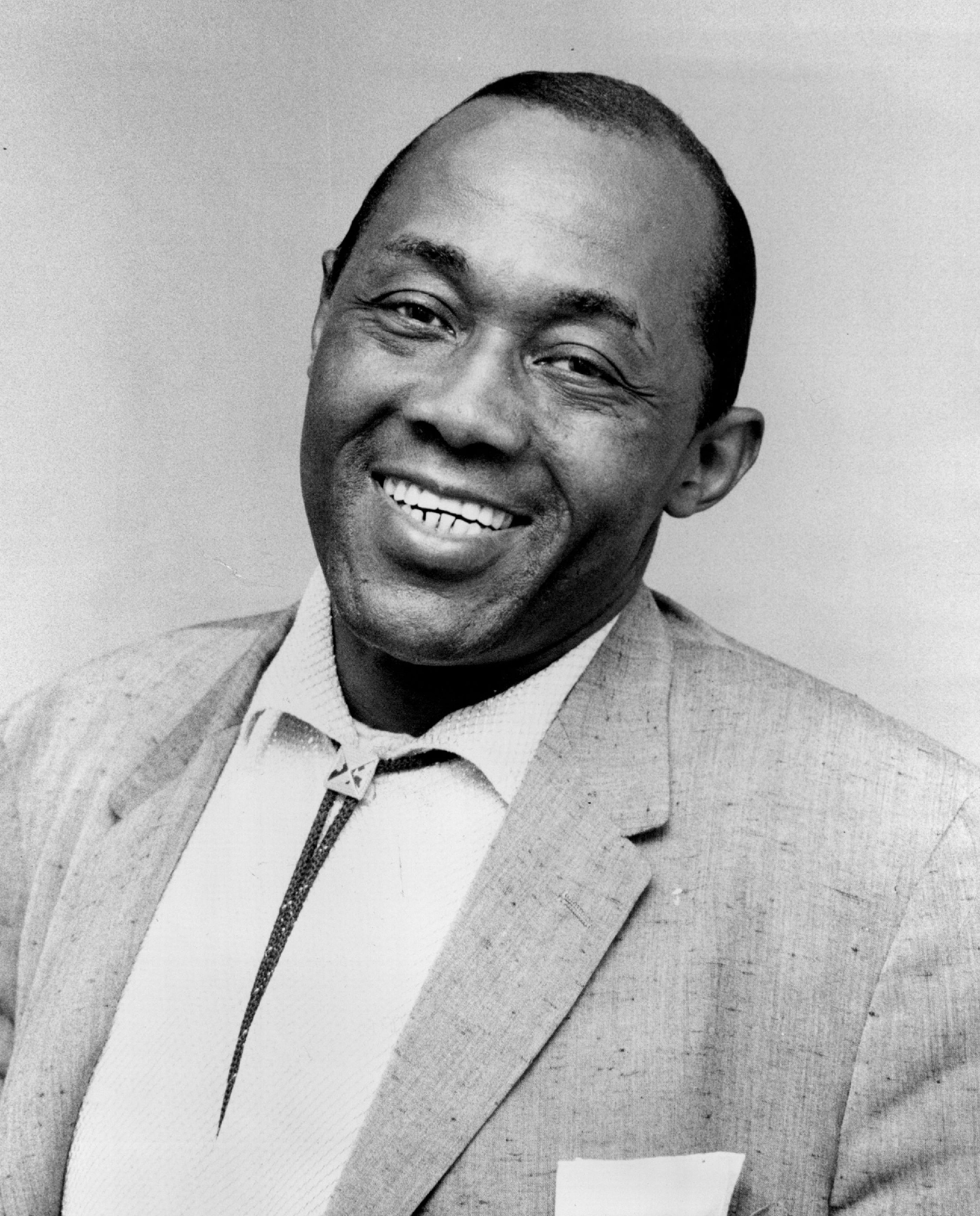The signs outside the Chicago Housing Authority’s nine-story, senior apartment building on the corner of 33rd Street and Prairie Avenue says Lincoln Perry Apartments.
But inside the lobby is a bronze dedication plaque, which has hung there since 1979, that says the building’s namesake was also the actor Stepin Fetchit.
Perry was both beloved and reviled in his acting career, in which he played comedic roles under the Fetchit stage name in Hollywood movies of the 1920s and 1930s. But how did a senior housing building on the South Side come to be named for him?
The answer is in the story of the controversial and divided legacy of “Stepin Fetchit.”
Lincoln Theodore Monroe Andrew Perry wasn’t from Chicago; he was born in Key West, Fla., in 1902.
In Perry’s Hollywood heyday, 1927 to 1939, he was acclaimed by the movie trade magazine Variety as being able to carry a movie with his humor, and by the esteemed New Yorker cultural writer Robert Benchley as “an amazing personality.
“I see no reason for even hesitating in saying that he is the best actor that the talking pictures have produced,” Benchley wrote. “His voice, his manner, his timing, everything that he does is as near to perfection as one could hope to get.”
Fetchit became one of the first Black movie stars in Hollywood, one of the first Black performers to be named in a movie’s credits and one of the first Black performers to have a studio contract. With so much money coming in, he was said to ride the streets of Los Angeles in a squad of three cars. He’d drive one, and if he stopped to talk to fans, he’d get out and trade cars with the chauffeur of one of the other two cars and then drive on.
He was friends with Will Rogers and John Wayne, and was known for negotiating his own contracts with higher and higher fees.
But in rising to fame, Perry was forced into the stereotypical and often negative roles that were acceptable to white society, said Dr. Clovis Semmes, professor emeritus of African American studies at Eastern Michigan University and the cultural expert for the Black Chicago History Forum.
Perry, who began using the Fetchit name as a vaudeville performer, popularized the “coon” caricature, a sleepy-eyed, mumbling buffoon who tried to weedle his way out of work — seen in films like Judge Priest, Hearts in Dixie and In Old Kentucky.

These images were rooted in white societal fears in the post-slavery period, Semmes said. And these images have continued to show up in American culture, from minstrel shows to comedy routines today.
Semmes said these caricatures reinforced the message that “Black people were happy to be maids, they needed slavery to guide them because they were shiftless and lazy, they needed to be controlled or they would become brutes after slavery.”
For the last 40 years of his life, Perry and his Stepin Fetchit character was widely criticized. But Semmes said that view is missing a part of history that’s not often taught today.
“When we start talking about choice — ‘Why did so and so choose to do this?’ — those choices were extremely limited,” Semmes said. “To be a performing artist was tremendously more desirable than being an unskilled laborer, raising cotton; it was an opportunity.
“I suspect he struggled with his own success, with how he obtained that success, and at the same time, he knew that this was not him.”
(See Fetchit starting at 1:06.)
Also often missing from the conversation is that Perry was incredibly successful financially, and as a young man wrote for the Chicago Defender, the nationally distributed Black newspaper.
“[Perry’s] legacy is that he was a pioneer,” Semmes said. “As a pioneer, he opened the door for a lot of people, but at the same time, he could only go so far in attacking that dilemma.”
Later in life, Perry often angrily defended his work, especially after the 1968 network TV documentary Of Black America, where host Bill Cosby said “Stepin Fetchit” popularized “the tradition of the lazy, stupid, crap shooter, chicken stealing idiot” Black male character.
“It’s too bad he was as good at it as he was,” Cosby said. “The character he played was planted in people’s heads, and they remembered it the rest of their lives.”
In 1971, Perry told Jet magazine he “wiped away the image of the rapist from the Negro” — an image that was most notorious in the 1915 film Birth of a Nation, which glorified the Ku Klux Klan.
And in 1967 he told Newsweek, “I went in the back door so now Sidney Poitier [the first Black man to win an Oscar for Best Actor] can come in the front door.”
(See Fetchit starting at :40.)
From the mid-1950s through the mid-1970s, Perry lived on and off in Chicago, sometimes leaving to try and launch another comeback.
But by the ’70s, Perry was living in this CHA public housing apartment building — one of the 200-plus seniors who lived there.
A few years earlier, the Chicago Housing Authority unveiled a plan to build almost 1,600 apartments for low-income senior citizens. The agency had fewer than 6,800 units designed for seniors, but a waiting list of 14,000 names. There were seven buildings planned, scattered around the city, including one in the Douglas neighborhood.
Before Perry died, his fellow residents got the housing authority to name the building after him, “because of his willingness to help neighbors there,” according to Jet in January 1980. Perry died in November 1985.

Since many of his movies are forgotten, the Lincoln Perry Apartments and a second building next door called the Lincoln Perry Annex are one of his most permanent legacies.
But under either name, Lincoln Perry or Stepin Fetchit, the man left a divided legacy: Was he a groundbreaking Black actor who helped pry open white Hollywood?
Or did the roles he played imprint distressing stereotypes of African-Americans on the big screen?
Perhaps the answer to both questions is yes.
“That’s the history of black actors and actresses had to deal with in the context of this culture. At the same time … they worked from being a stereotype to move to the broad ways of the human experience,” Semmes said, adding that many Black actors and actresses still face limitations on available roles today.
Forty years later, the memory of Perry persists where he once lived. Derrick Turnbull, who manages events in the building through Catholic Charities, said at a show-and-tell social event earlier this year, one resident brought pictures of Stepin Fetchit to share.
Dennis Rodkin is a real estate reporter for Crain's Chicago Business and Reset’s "What's That Building?" contributor. Mary Hall is a digital producer at WBEZ. Follow her @hall_marye.





